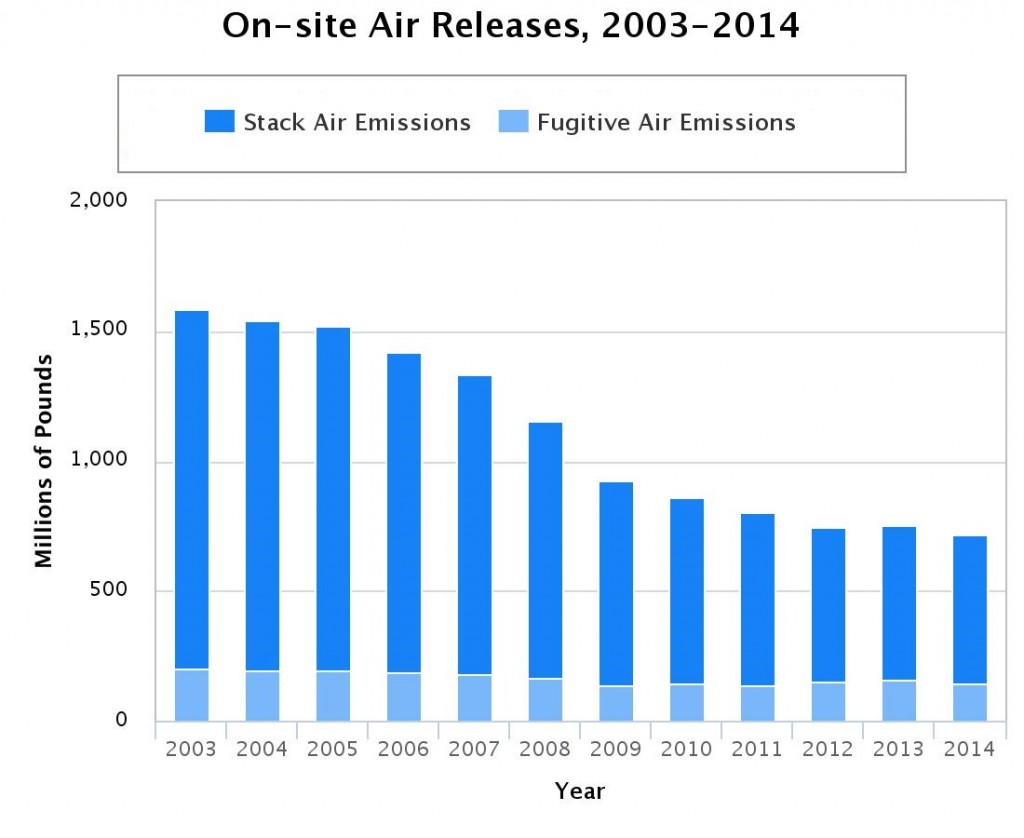EPA Proposes Financial Requirements for Clean-Up at Hardrock Mining Facilities
The Comprehensive Environmental Response, Compensation, and Liability Act (CERCLA, better known as the Superfund law) protects human health and the environment by managing the cleanup of the nation’s most contaminated lands and by responding to locally and nationally significant environmental emergencies. To further CERCLA’s mission, we are proposing a rule that will reduce taxpayer costs at hardrock-mining and mineral-processing facilities.
Historically, hardrock-mining facilities have generated large quantities of hazardous substances, often over hundreds of square miles. In some instances, releases have resulted in groundwater and surface water contamination that require long-term management and treatment, which can be costly. For example, between 2010 and 2014 alone, EPA spent $1.1 billion in removal and remedial response costs at hardrock-mining and mineral-processing facilities, and taxpayer funds contributed to much of this amount. This has been the case for decades, with industry players leaving taxpayers to foot the bill for environmental cleanups.
It’s time for a change. Our latest proposed rulemaking ensures that future polluters are better prepared to pay. Under the rule, owners and operators at certain hardrock-mining and mineral-processing facilities would be required to make financial arrangements that address the risks from hazardous substances at these facilities. Additionally, they would still have to pay the agreed-upon amount if the company closes its doors.
Specifically, owners and operators of facilities subject to the proposed rule would be required to:
- Use the formula provided in the rule to calculate a level of financial responsibility for their facility, and provide supporting documentation for their calculation;
- Obtain a means of covering this financial responsibility through insurance, guarantee, surety bond, letter of credit, qualification as a self-insurer, or any combination of these instruments to demonstrate to EPA that they have obtained such evidence of financial responsibility; and
- Update and maintain the rule until EPA releases them from the CERCLA §108(b) regulations.
This proposal, was developed after extensive consultation with stakeholders, including small and large businesses, industry groups, environmental groups, and state and tribal governments.
These requirements are not meant to duplicate existing financial responsibility requirements. EPA’s proposed CERCLA 108(b) regulations will be stand-alone financial responsibility requirements that address CERCLA liability. There are significant differences between these requirements and other existing requirements for hardrock mining facilities. In particular:
- the proposed rule does not include technical requirements regulating the operation, closure, or reclamation of hardrock mining facilities;
- the proposed rule does not provide financial responsibility to ensure closure or reclamation requirements made applicable to hardrock mining facilities through a permit;
- the proposed rule is not intended to preempt state or local mining reclamation and closure requirements; and
- the proposed rule is distinct from federal closure and reclamation bonding requirements imposed under other statutes.
- Facilities that apply environmentally protective practices, including those required by other regulations, may be able to reduce their required amount of CERCLA 108(b) financial responsibility.
Additionally, we are publishing a notice describing the Agency’s plan to consider financial assurance requirements under CERCLA for three additional industries:
- Chemical manufacturing;
- Electric power generation, transmission and distribution; and
- Petroleum and coal products.
The notice is not a determination that regulatory financial assurance requirements are necessary. We will evaluate a broad range of options in consultation with stakeholders including state and tribal governments, industry groups, and environmental groups before making such determinations. Our future activities will consist of information collection regarding each sector and an evaluation of the modern practices of these industries.This rule, and the consideration of others for additional industries, all starts with our fundamental desire to prevent the same kind of environmental contamination that has been plaguing American lands and dipping into taxpayer pockets for decades.
A pre-publication version of the proposed rulemaking is available at:
https://www.epa.gov/superfund/pre-publication-copy-proposed-financial-responsibility-requirements-under-cercla-section




